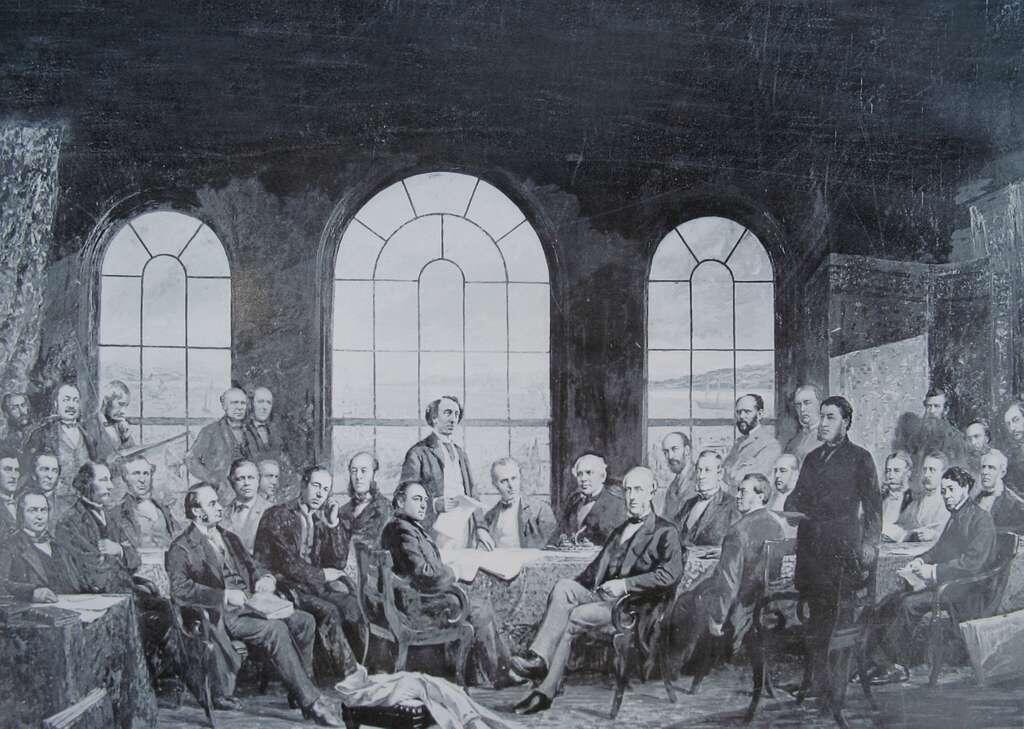On the first week of this New Year, Canadians saw the official resignation announcement of Justin Trudeau, the 23rd Prime Minister of Canada. To many of us, it may not come as a major shock because there have been signs of growing tensions within Trudeau's party — the Liberal Party of Canada.
It can be said that a strong government is also a reflection of a strong leading political party that experience strong majority support during elections. In this article, we will be discussing the following points:
Development of Canadian federal political parties
- Political parties during Confederation
- Major historical federal parties active today
- Secondary federal parties in Canada
- The election of MPs

Key Roles of Political Parties During Confederation
Before Canada became the modern nation we know today, many political leaders and parties worked behind the scenes, laying the groundwork for governance and contributing to the unification of the provinces that formed the Canadian Confederation in 1867.
What's most notable was perhaps the Fathers of Confederation comprising John A. Macdonald, George Brown, and George-Étienne Cartier. One of the best-known Canadian prime ministers of all time, Sir John A. Macdonald later became Canada's first prime minister.
Before the formation of an organized political party like the Conservative-Liberal Party, the political affiliations were generally divided between political movements such as the Tories and Reformers (later known as Liberals) during this period.
Tories
- Upholds traditional values
- Pushing for centralised government
- Advocates strong ties with Great Britain
- Party leaders gully support Confederation
Reformers
- Pursues modern reformation ideas
- Pushing for provincial autonomy
- Advocates democratic representation
- Party leaders were divided on Confederation support
John A. Macdonald who was part of the Tories and Conservative movement realised that he needed to work closely with leaders from other political affiliations like George Brown, and George-Étienne Cartier (both identifying more as moderate liberals) to secure consensus support from all the region and provinces, especially the French-speaking Quebec.
Ultimately, this led to the coalition of the Conservative-Liberal Party. Hence, this temporary political affiliation was not only crucial in the success of the Confederation but also in the shaping of Canada's Constitution.
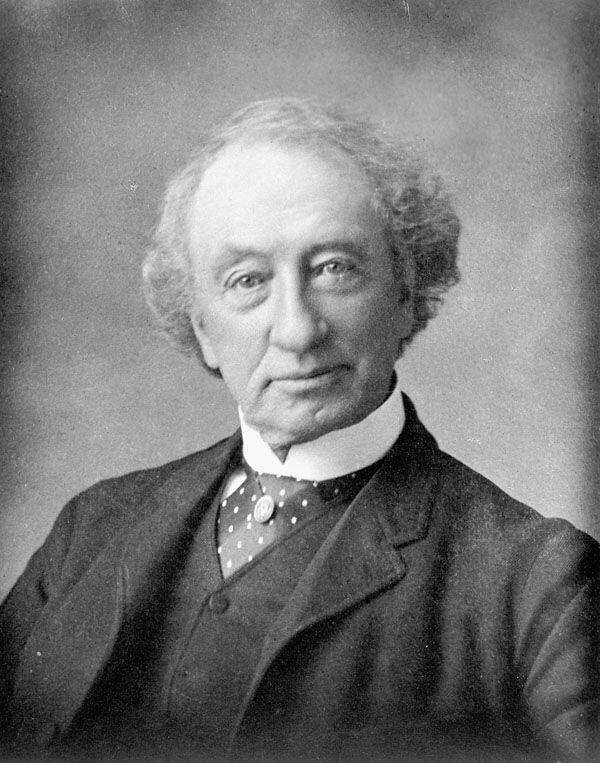
Under John A. Macdonald's leadership, the Conservative Party emerged from a coalition of Conservatives and moderate Liberals.
This party gradually evolved into the present-day Conservative Party of Canada (CPC) which officially rebranded in 2003. Meanwhile, the Reform movement, which had its roots in opposition to Macdonald's policies, eventually evolved into today's Liberal Party of Canada.
Historical Federal Political Parties That Are Still Active
While there are many registered federal political parties in the country today, only five parties have occupied seats in the House of Commons, forming the key structure of the legislative body in Canada's government.
This implies that candidates from these following parties have won the federal elections of their respective electoral districts (colloquially known as ridings). The candidates are later known as Members of Parliament (MPs) once they are sworn in. As the Canadian Constitution outlines, the structure of the House of Commons is fixed at 338 seats. However, the seats could be vacant due to several reasons.
Some reasons leading to this phenomenon include MPs's resignation, the death of an MP, their appointment to a higher office (local or overseas), disqualification over misconduct, or election postponement.
First, let's look at these two federal political parties which not only have dominated the political scene in the country but also have the most representation in the Canadian Parliament today.
🔴Liberal Party of Canada (LPC)
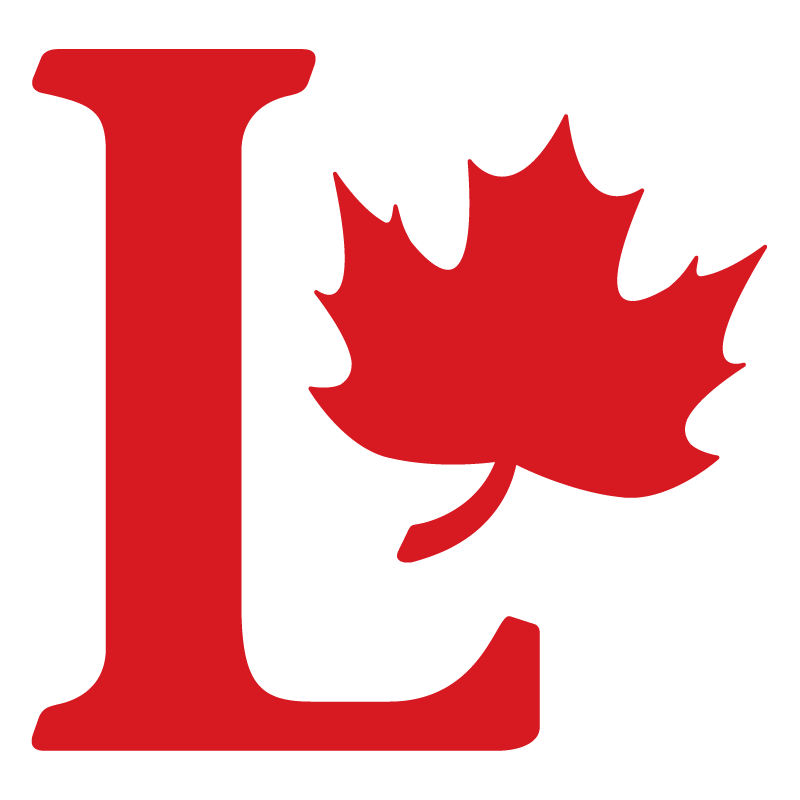
One of the oldest political parties in the country, the LPC is well known for its advocation of economic development to foster progressive national growth.
Examples of leaders from this party who eventually became Prime Ministers of Canada include Wilfrid Laurier, Pierre Trudeau, Jean Chrétien, and the current party leader, Justin Trudeau.
The LPC has the highest Parliament representation from the last federal election — 153 MPs.
In recent years, some of the political platforms commonly associated with the party include:
🔵Conservative Party of Canada (CPC)
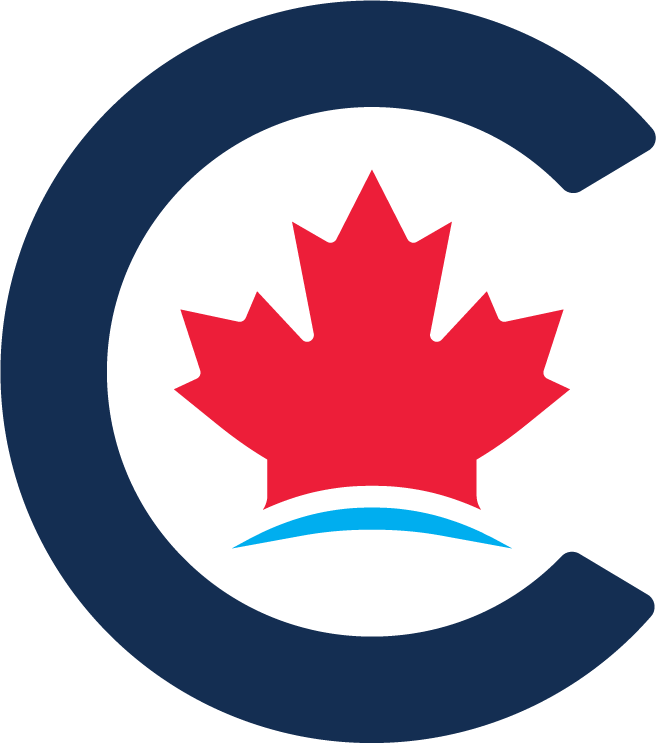
As we have reviewed in the earlier paragraph, the conservative movement has a long history in the Canadian political landscape.
However, the current Conservative Party of Canada was formed in 2003 after the merging of the Progressive Conservative Party and the Canadian Alliance.
At present, this party has a representation of 120 MPs.
The members of the party have a history of advocating for traditional family values while honoring Canadian economic and historical milestones through various stances and initiatives.
A prominent leader of the CPC was none other than Stephen Harper, who became Canada's Prime Minister from 2006 to 2015. The current party leader is Pierre Poilievre.

Secondary National Parties in Canada
Next, we will review the following political parties, which occasionally provide balance in the formation of the minority government but have never really dominated in terms of Parliament seat numbers.
🟦⚜️Bloc Québécois (BQ)
Founded in 1991, the BC promotes the sovereignty of the French-speaking community in Quebec and protects the rights of Quebec within Canada.
Th BQ advocates the preservation of the French language and Quebec culture. Until today, MPs from this party speak French in the Parliament.
Currently, the party has 33 MPs and the leader is Quebec-born Yves-François Blanchet.
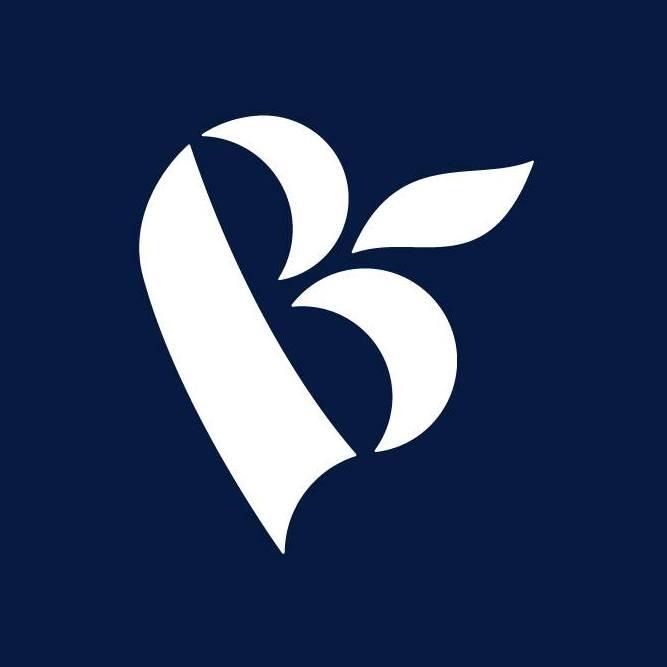
🟠New Democratic Party (NDP)
Founded in 1961, the NDP is known as Canada's primary social democratic party — prioritizing workers' rights, and progressive universal health care.
The present leader of the party is Jagmeet Singh. NDP has 25 members of parliament.

🟢Green Party of Canada (GPC)
Founded in 1983, the GPC strongly promotes sustainability principles in terms of national economy, progressive climate actions, and environmental conservation.
Right now, the primary leader of the party is Elizabeth May. The party has 2 Members of Parliament seats in the House of Commons.
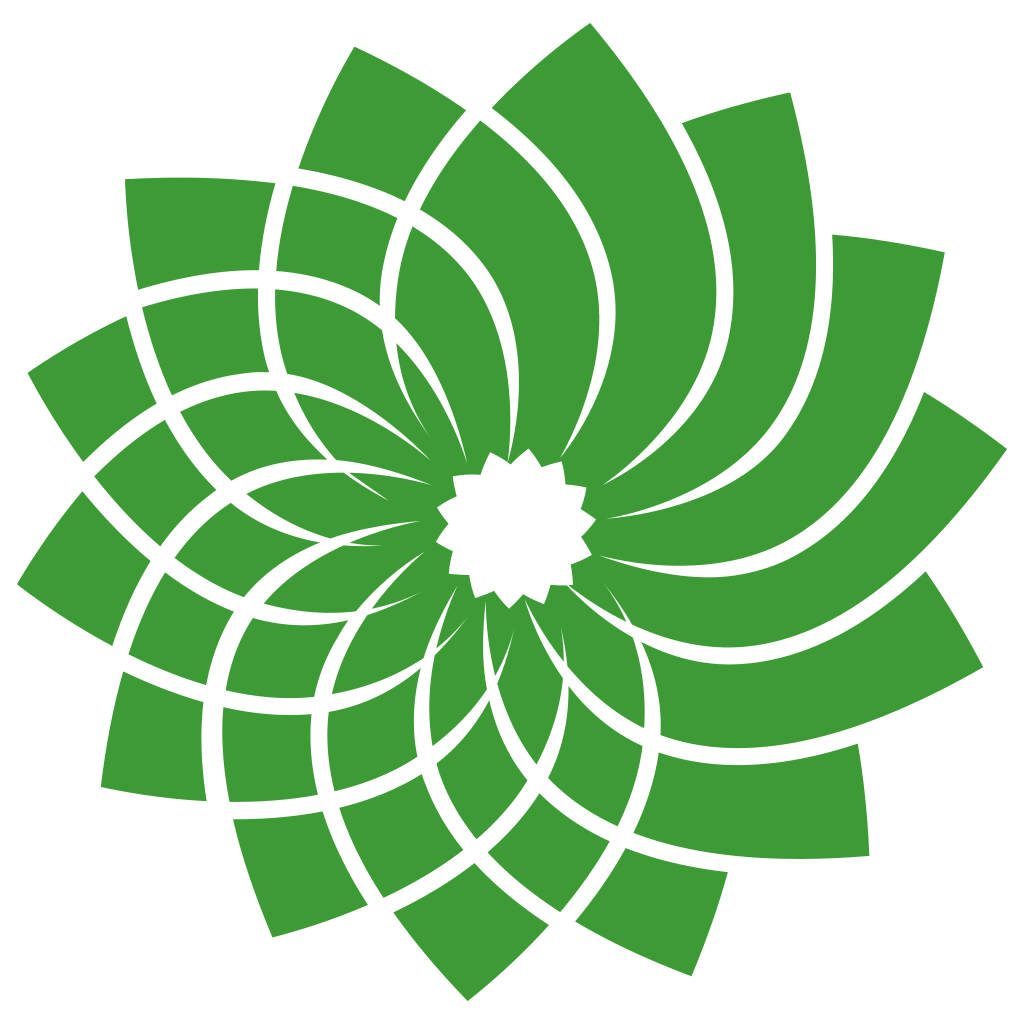
How Are Members of Parliament in Canada Elected?
Now that we have reviewed the major federal political parties like the LPC, CPC, BQ, NPP, and GPC, it's time to look at how the MPs are elected. Canada adopts the first past the post voting system across federal and provincial elections which means the candidate with the most votes will win the constitutional seat.
Here's a brief outline of the electoral process:
Step 1
Dissolution of Parliament
Step 2
Nomination of candidates
Step 3
Period of campaign
Step 4
Voting day
Step 5
Counting votes
Step 6
Formation of government
To mark the beginning of a new federal election, it is the Prime Minister who will advise the Governor General to dissolve the Parliament and call for elections. While it is usually held once every four years (on the third Monday of October), the elections can happen any time, depending on the stability form of the ruling party (the party with the majority seats in Parliament).
Once the elections are called, the political parties will start deciding on the nomination of the candidates. Individuals without a political party membership can participate as an independent as long as they go through the official nomination process by Elections Canada.
The candidates will then begin their campaigning to persuade voters that they are the right person to represent the community by promoting their platforms in person, or through social media. Some of them would even participate in national press and televised debates.
During voting day, registered voters above 18 years of age will cast their vote at the polling stations As soon as the polls are closed, official counting will begin. As per the first past the post system, the candidate with the most votes wins, regardless if they achieve a majority. Once the counting is finalised, the elections' results will be announced.
The total results announced on official national news will indicate the new government. The political party with the most won MP seats will form the new government, whereby the chief leader of the party will become the Prime Minister. Usually, there will be two outcomes from the elections:
- Majority government: When a political party wins more than half the total seats (170+ seats).
- Minority government: No party wins a majority, the governing party has to seek support from other parties. This is what happened to Justin Trudeau's party during the 2021 federal election.
Learn More About Canadian Politics With Superprof
We hope you have a better overview of Canada's political structure in terms of major political parties and the election process.
Now that a federal election is really taking place in 2025 after the leader of the Liberal Party of Canada (LPC), Justin Trudeau announced his resignation, it will be great to equip yourself on various progressive political happenings in the country. Whether you are planning to pursue a degree in political science or even considering a future career in politics by joining a political party, you can always count on Superprof to have a comprehensive form of learning, even when it comes to politics.

All you need to do is indicate what you plan to learn (politics), your current location (Ontario or Quebec), and your preferred form of learning mode (physical/online lessons). At Superprof, you can always access a wide selection of tutors' profiles of different qualifications, years of tutoring experience, tutoring specializations, and hourly rates.
Additionally, private tutoring allows you to take specialized lessons on politics such as the left-and-right political spectrum, the provincial and territorial election process, principles of democracy, and even public policy on a national level depending on your interests.
All the best in your studies. Who knows, you might become a Canadian party leader one day.

